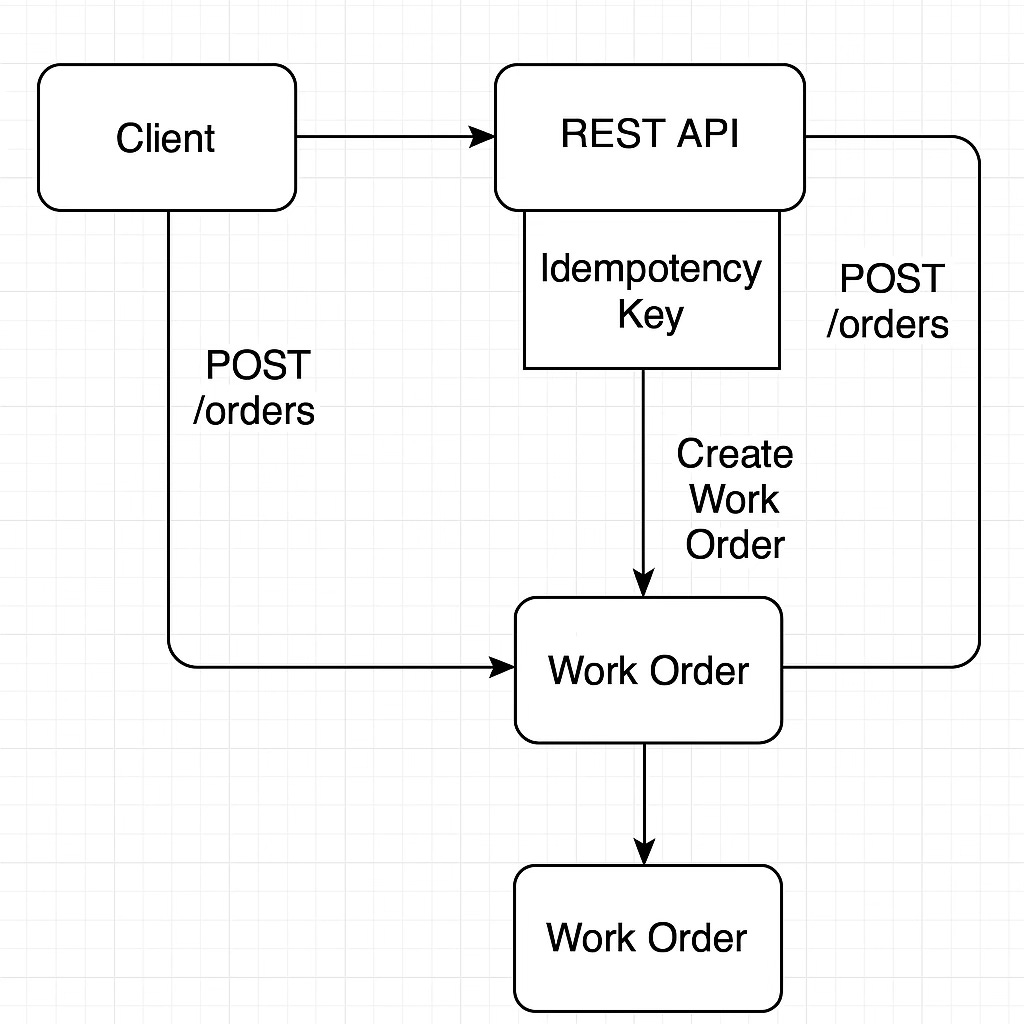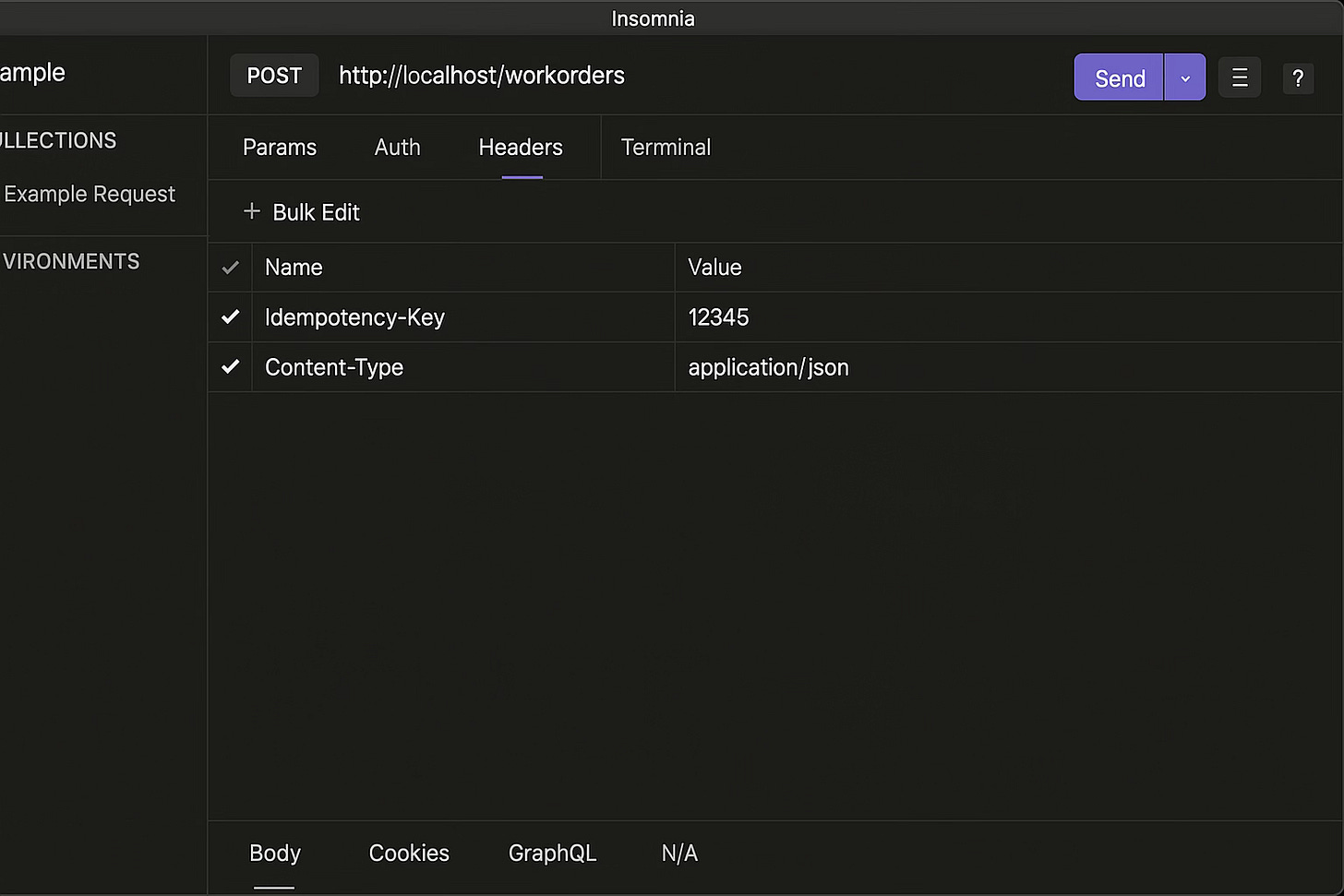Idempotency on OSLC APIs: Why It Matters for Maximo Integrations
It’s been quite some time since I last wrote a blog, but this topic—idempotency in OSLC APIs—deserves a fresh look, especially with the increasing importance of robust integrations in enterprise systems. In this post, I’ll introduce the concept of idempotency, explain its significance in REST APIs, dive into how it applies to OSLC APIs, and discuss its relevance for IBM Maximo users.
What Is Idempotency in REST APIs?
Idempotency is a fundamental property in computer science and API design. An operation is idempotent if performing it multiple times has the same effect as performing it once. In the context of REST APIs, this means that repeated identical requests result in the same outcome, preventing unintended side effects or duplicate processing.
For example:
A
GETrequest to retrieve a resource is naturally idempotent: no matter how many times you call it, the resource remains unchanged.A
DELETErequest can be idempotent if deleting an already-deleted resource returns a success or “not found” response, without error.POSTrequests, typically used for creating resources, are not inherently idempotent unless specifically designed to be so, often by using unique idempotency keys
Why Is Idempotency Important?
Idempotency is crucial for:
Safe retries: Clients can resend requests after network failures without fear of creating duplicates or corrupting data.
Fault tolerance: Distributed systems are prone to communication issues; idempotent APIs allow for robust error handling and recovery.
Predictable state: The system remains consistent, regardless of how many times a request is received.
OSLC APIs and Idempotency
OSLC (Open Services for Lifecycle Collaboration) APIs are widely used for integrating enterprise applications, including IBM Maximo. OSLC APIs are RESTful, and thus, the principles of idempotency apply directly.
In OSLC, operations like resource creation, updates, and deletions must be carefully designed to be idempotent where appropriate. For example:
Updating a work order’s status multiple times to the same value should not have unintended consequences.
Creating a resource with the same unique identifier (via POST with an idempotency key) should not create duplicates.
Examples of Idempotency in Action
Client sends a
POST /ordersrequest.The REST API checks for an Idempotency Key.
If the key is new, it processes the request and creates the order.
If the same key is sent again (due to retries, etc.), the API does not create a duplicate order—it returns the original response, ensuring idempotent behavior.
Key Takeaways
Most HTTP methods are idempotent by design—POST and PATCH are not.
Implementing idempotency for non-idempotent methods is essential for robust API design, especially in financial, inventory, or workflow systems.
Always document idempotency behavior in your API for consumers.
Few more examples:
Unsubscribe Endpoint: Clicking an “unsubscribe” link multiple times should always result in the user being unsubscribed, regardless of how many requests are sent.
Bank Transactions: If a payment API receives the same payment request twice (due to a retry), only one payment should be processed.
Maximo Operator: The Maximo 8 Manage operator is designed to be idempotent. It reconciles the desired and actual state of the system, ensuring that repeated configuration changes or restarts do not disrupt the system or produce unintended side effects.
Conclusion
Idempotency is a key principle for building reliable, fault-tolerant integrations, especially in complex systems like Maximo using OSLC APIs. By ensuring that operations can be safely retried and produce consistent results, idempotency protects against network glitches, user errors, and system failures. As Maximo continues to evolve, its commitment to idempotent operations—both in its operators and APIs—remains essential for robust enterprise integrations.
References:
REST API Tutorial: What is an Idempotent REST API?
https://restfulapi.net/idempotent-rest-apis/Stripe API Reference: Idempotent Requests
https://docs.stripe.com/api/idempotent_requestsKeploy: How Idempotent REST APIs Boost Reliability and Error Handling
https://keploy.io/docs/concepts/reference/glossary/idempotency/AWS Builders Library: Making Retries Safe with Idempotent APIs
https://aws.amazon.com/builders-library/making-retries-safe-with-idempotent-APIs/DreamFactory Blog: What is Idempotency?
https://blog.dreamfactory.com/what-is-idempotencyMDN Web Docs: Idempotent - Glossary
https://developer.mozilla.org/en-US/docs/Glossary/IdempotentSquare Developer Platform: Idempotency
https://developer.squareup.com/docs/build-basics/common-api-patterns/idempotency
Cheers







